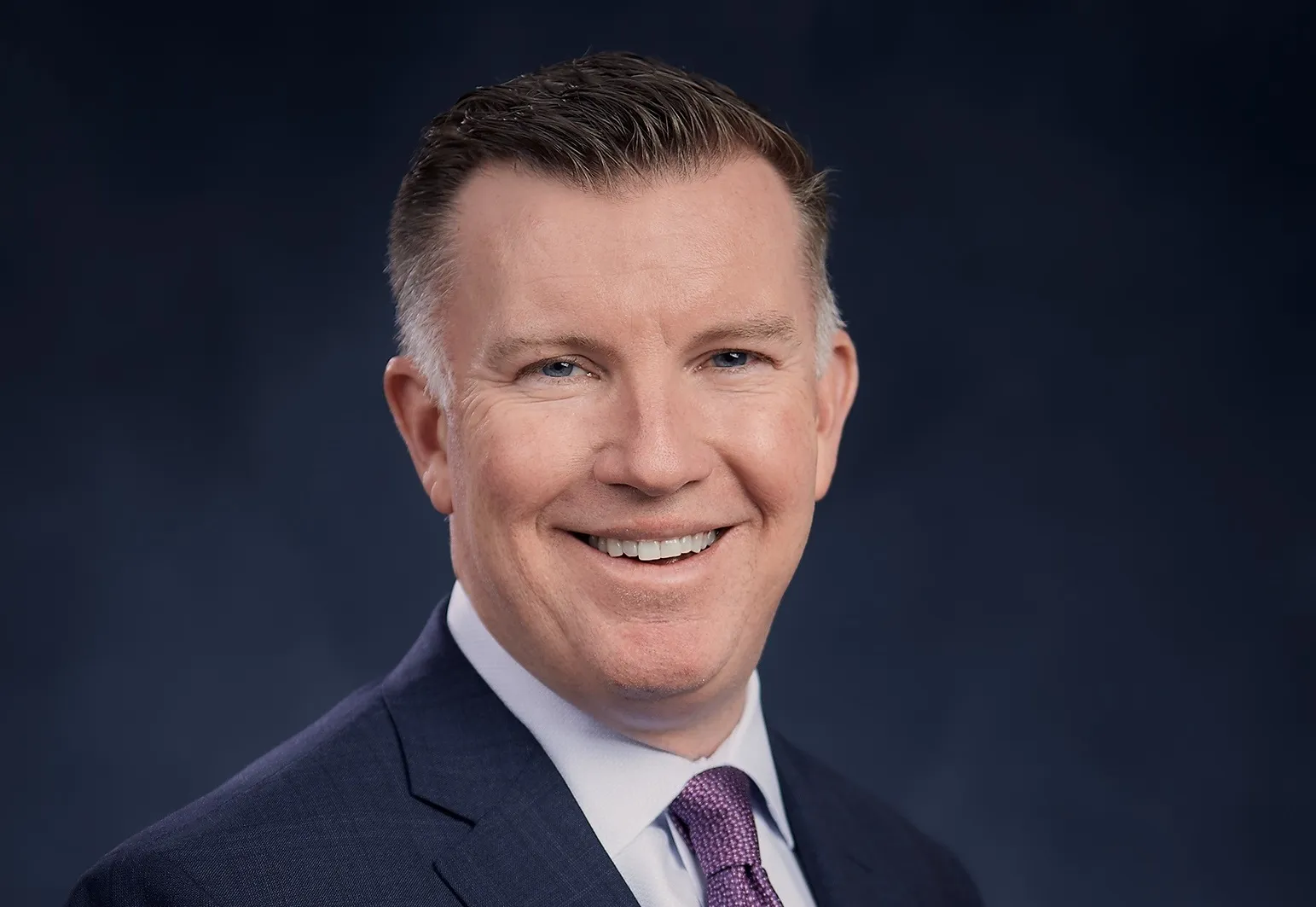Mercedes-Benz and Glympse, a mobile technology company that pioneered temporary real-time location sharing, are teaming up to provide real-time location sharing to their drivers by integrating Glympse into the new Mercedes-Benz Digital DriveStyle application, set to launch in the new A-Class in September. Drivers will be able to select a recipient, set a timer, and ‘send a Glympse’ to anyone they choose. The recipient will receive a text or email link, which will show the driver’s real-time location on an i
June 11, 2012
Read time: 2 mins
Drivers will be able to select a recipient, set a timer, and ‘send a Glympse’ to anyone they choose. The recipient will receive a text or email link, which will show the driver’s real-time
location on an interactive map. Consistent with Glympse’s approach to location sharing, when the timer expires, the location sharing will automatically stop. Because Glympse is a universal sharing solution, the recipient doesn’t require any special software or device, just a web browser.
“Mercedes-Benz customers will benefit from this partnership because they will be offered a safe, effective, and efficient way to share their location while driving,” said Johann Jungwirth, president and CEO, Mercedes-Benz Research & Development North America. “The cooperation with Glympse now makes it easy for our customers to share their location temporarily with their kids, friends, co-workers, or family. We’re excited to let users integrate our Digital DriveStyle application and Glympse into their lifestyles.”
“We’ve already seen how enormously popular Glympse is on mobile phones, having just crossed three million downloads, accompanied by fantastic user and press reviews,” said Timo Bauer, VP of business development at Glympse. “Now that ease of use and functionality has made its way seamlessly into your Mercedes-Benz dash experience.”










